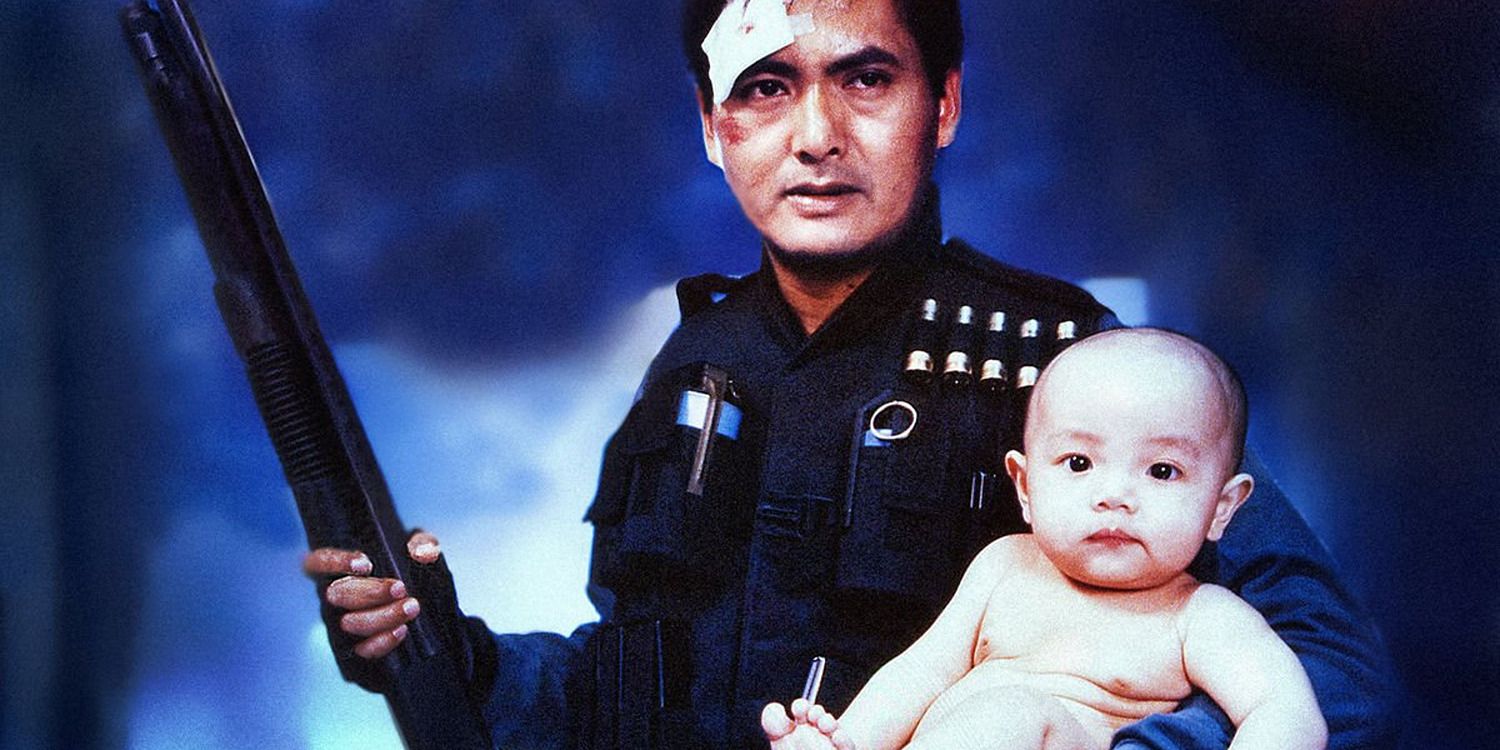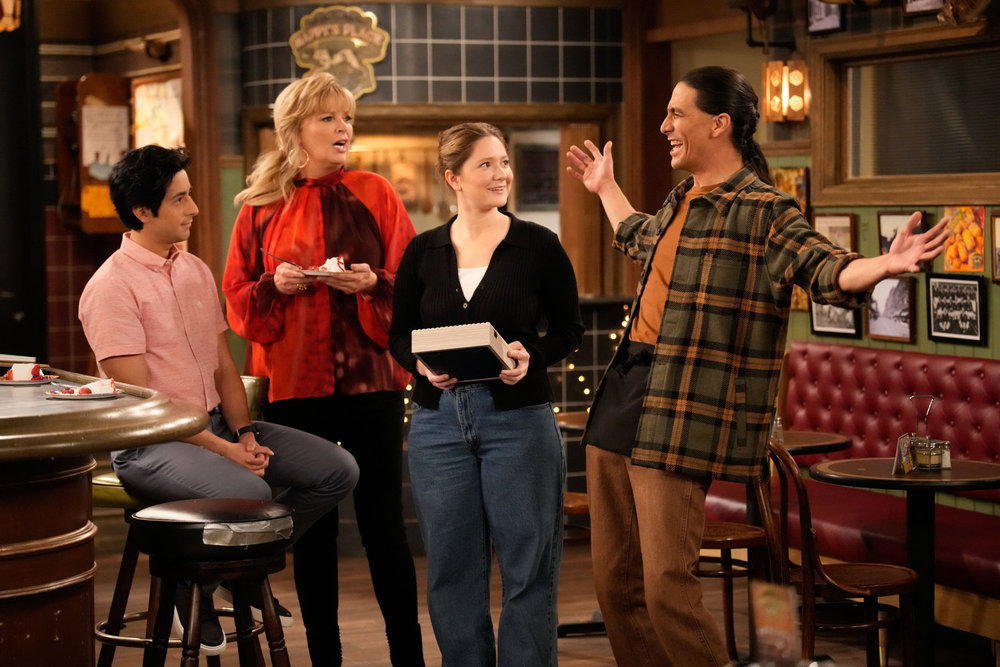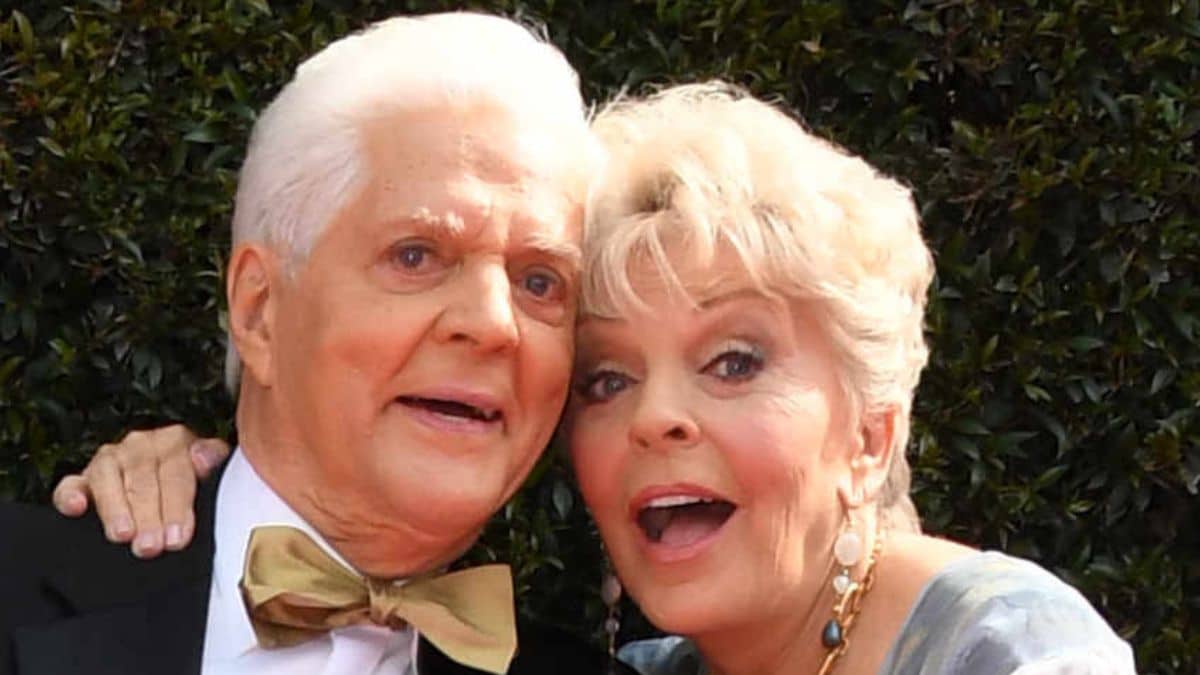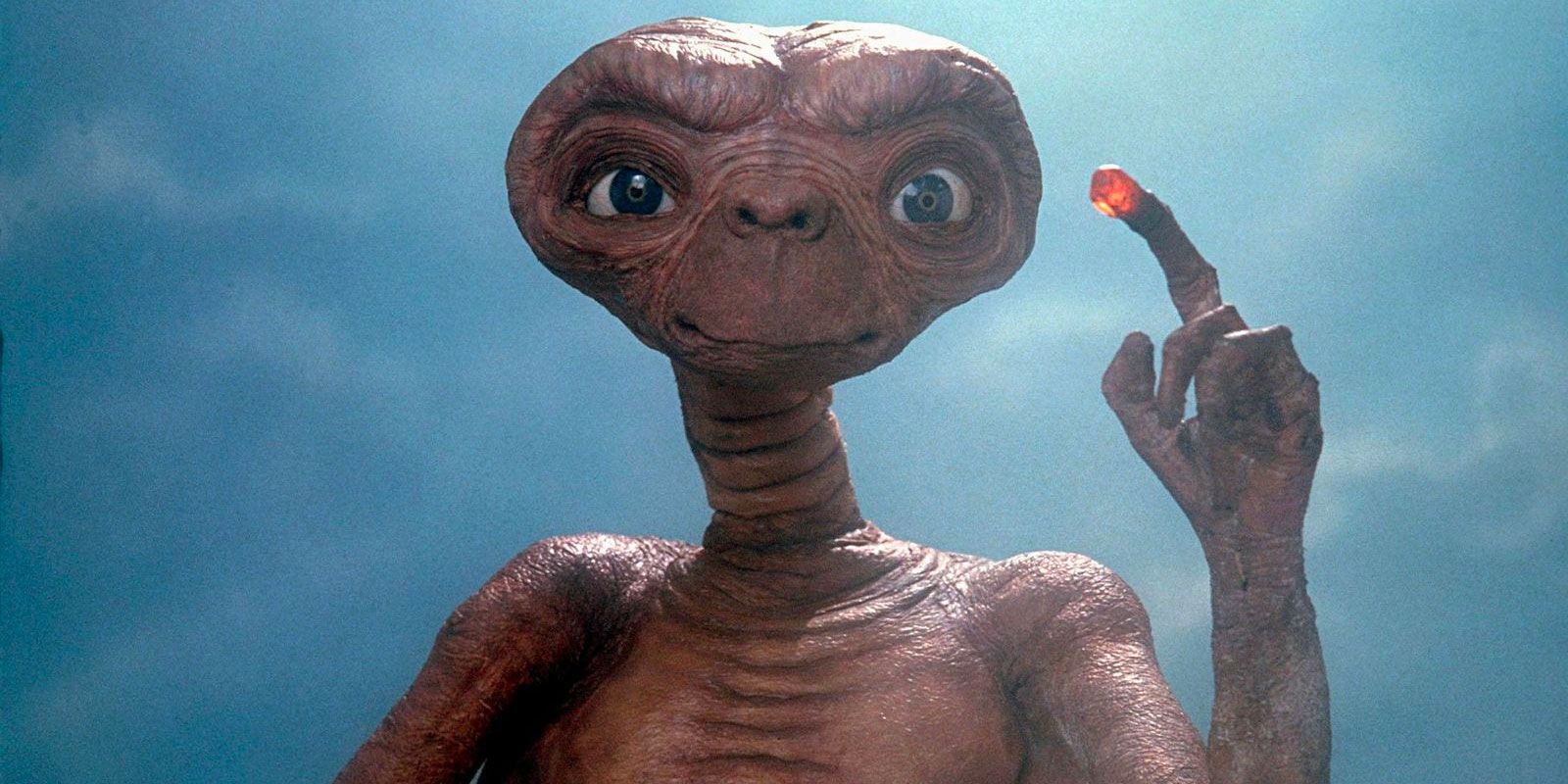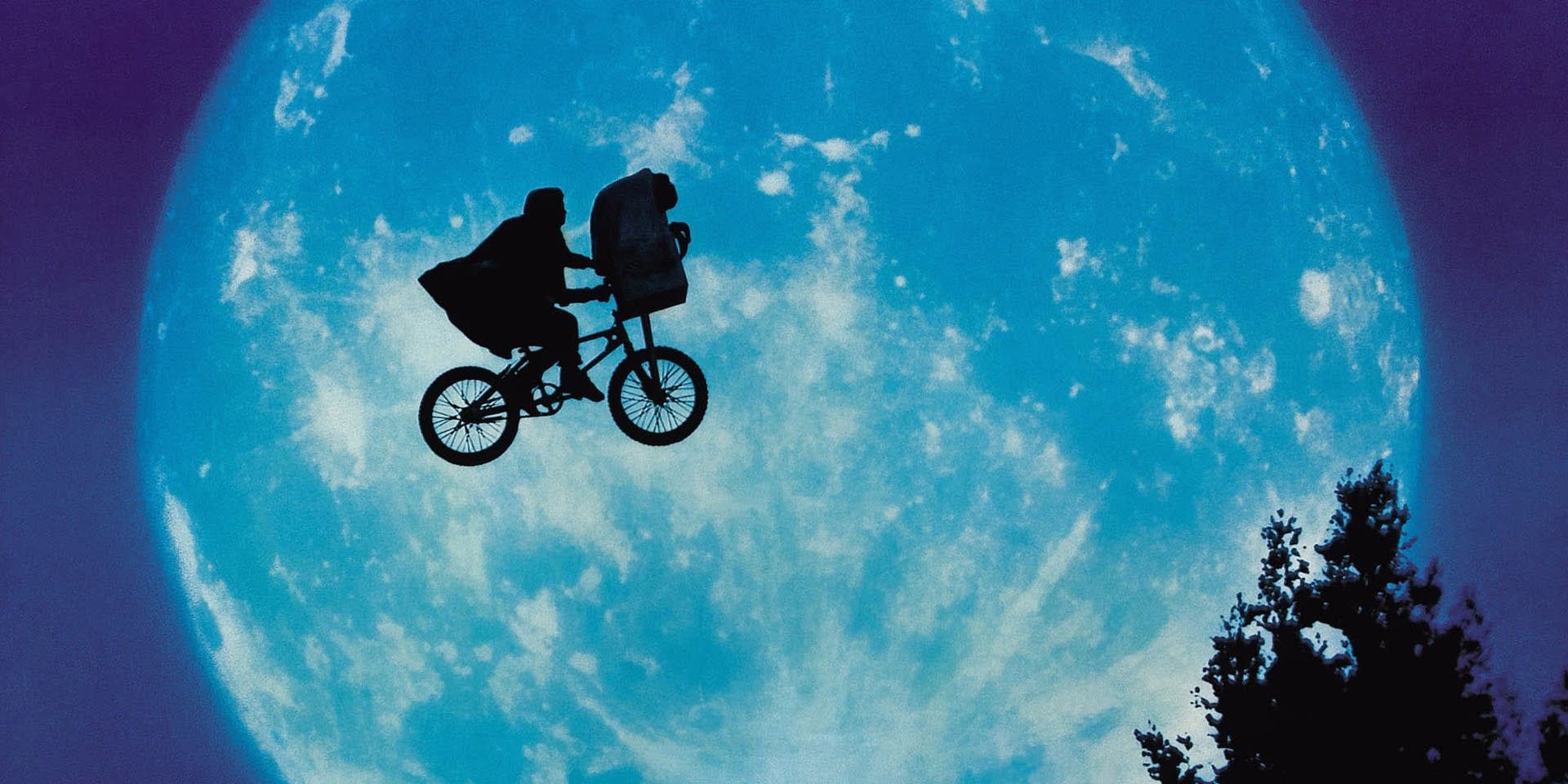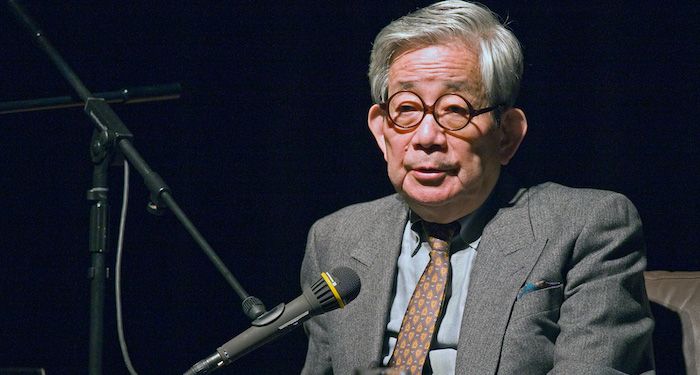When E.T.: The Extra-Terrestrial first soared into movie theaters in 1982, it became the kind of box office phenomenon studio executives dreams about. Playing for months and topping the domestic box office for weeks on end, E.T. would eventually become the biggest movie of all time at the domestic box office. With all that success, it was clear an original story could resonate with audiences so long as it was well-told. Unfortunately, Hollywood tends to look at the success of an original feature as an excuse to indulge in sequels. Thankfully, E.T. never got a proper theatrical sequel, though that doesn’t mean this plucky alien never received a follow-up story of any kind.
In the years since E.T. came out, various pieces of media have been released that have attempted to explore just where this otherworldly organism went next in his existence after his fateful encounter with Elliot. The most notable of these is the Universal theme park ride E.T. Adventure. Playing on audience’s familiarity with the titular creature of E.T., the ride see’s guests traveling through space to use E.T.’s magical abilities to save the character’s home world, The Green Planet. Here, they’ll encounter other members of E.T.’s species, including his teacher, Botanicus, and several unnamed adolescent characters. Launching in 1990, the presence of E.T. Adventure in three different theme parks over the years as well as Steven Spielberg’s very cursory connection to the ride makes it arguably the most high-profile extension of the original E.T. film.
However, E.T. Adventure did not just conjure up entities like The Green Planet out of thin air. Five years before this attraction opened, the novel E.T.: The Book of the Green Planet hit shelves everywhere. Penned by William Kotzwinkle, this novel established that E.T. came from the planet Brodo Asogi or the Green Planet. All kinds of strange details are established in this text, with Shawn Robare of Branded in the 80s observing that among the most peculiar elements solidified here is that E.T. has existed for over 10 million years. While that would seem to contradict the childlike persona of the character in the original film, The Book of the Green Planet is beating its own drum, sometimes to awkward results.
Within this book, E.T. finds himself a pariah among his people thanks to all the trouble he got into on Earth. Understandably, he yearns to return to his pal Elliot, who is also finding his existence to be awkward thanks to the newly arrived effects of puberty. Eventually, E.T. decides to craft a vessel that will take him back to Earth. Readers hoping to get a poignant reunion between boy and alien will find no such things within the pages of Kotzwinkle’s writing. The book ends on a quasi-cliffhanger, with the reader never knowing whether or not E.T. managed to reach his fateful destination.
The original edition of Book of the Green Planet claimed it was “based on a story by Steven Spielberg,” though that’s been hard to validate. Still, the fact that elements from the text like Botanicus and even the term Green Planet made their way into the official E.T. theme park ride suggests that somebody over at Amblin Entertainment liked the direction this sequel novel went in.
Believe it or not, though, this book is not the only dubious but not entirely dismissible sequel that E.T. has received. In 2019, Xfinity delivered a short film depicting a reunion between this alien and a now grown-up Elliot, still played by Henry Thomas. Apparently done with frequent creative consultation with Steven Spielberg, the production is as close to a filmed canonical follow-up to the original E.T. as fans of this property will ever get.
Once upon a time, though, Spielberg did consider making a proper feature-length E.T. sequel. Entitled E.T. II: Nocturnal Fears, nobody would ever accuse the story ideas thrown around by Spielberg and Melissa Mathison of being a retread of the original. This time around, instead of having an alien get stuck on Earth with humans, Elliot and the other human children of the original film would’ve gotten trapped in the cosmos. Specifically, these adolescent characters would’ve been kidnapped by evil otherworldly creatures and tortured, with their only hope being that E.T. would come and rescue them.
A review of the script treatment for Nocturnal Fears by Scott Wampler of Birth.Movies.Death. nicely sums up the inexplicably brutal concepts thrown around for this movie. The evildoers of this film, described in the script as “an albino fraction (mutation) of the same civilization E.T. belongs to”, would’ve spent the entire film just tormenting the kid characters from the first film before E.T. swooped in and saved them abruptly at the film’s very end. While its brazenly different tone compared to the first film is conceptually admirable, it’s hard to imagine anyone walking away satisfied from an E.T. sequel largely focused on the wails of children that barely features any glimpses of the titular alien.
Nocturnal Fears never got off the ground, with Spielberg often saying there was no point in doing it or any other E.T. sequel since there was no hope in recapturing the wonder of the original movie. Given that some of Spielberg’s most disappointing films have been sequels like The Lost World: Jurassic Park or Indiana Jones and the Temple of Doom, this filmmaker’s creative instincts were right on the money. It’s better to pursue original ideas than just recapture lightning in a bottle success that can never be replicated.
The handful of extensions of the original E.T. have never managed to garner the same kind of popularity as that 1982 feature. Meanwhile, the lack of a proper sequel makes E.T. an anomaly even by the standards of 1970s and 1980s sleeper hits, where even the likes of The Exorcist could get multiple sequels. The fact that E.T. is still instantly recognizable forty years later as a pop culture icon (why else would he get a lengthy cameo in the 2022 Chip n’ Dale: Rescue Rangers movie?) is a testament to just how deeply beloved Spielberg’s 1982 masterpiece is. You don’t need a proper big-screen sequel to stick around in the public’s mind when you’re a movie as great as E.T.: The Extra-Terrestrial.










































